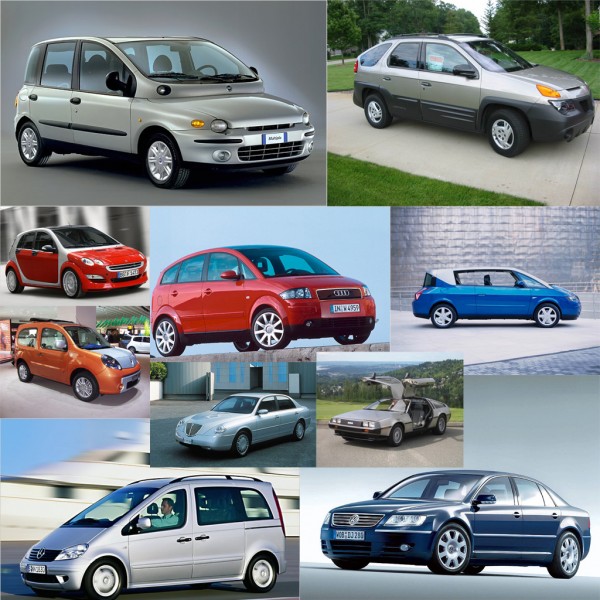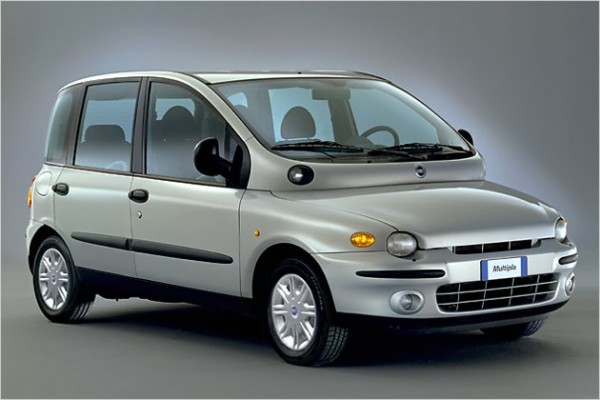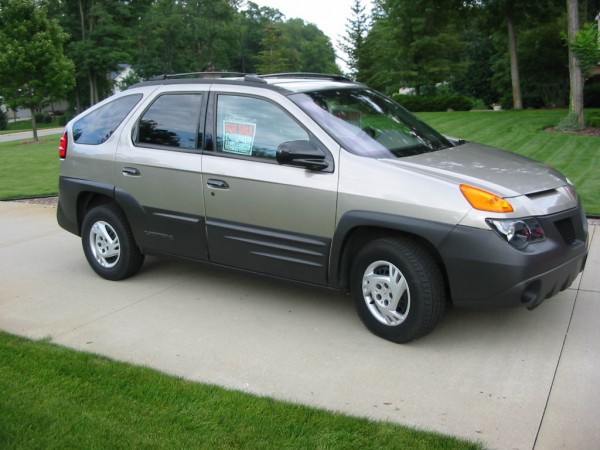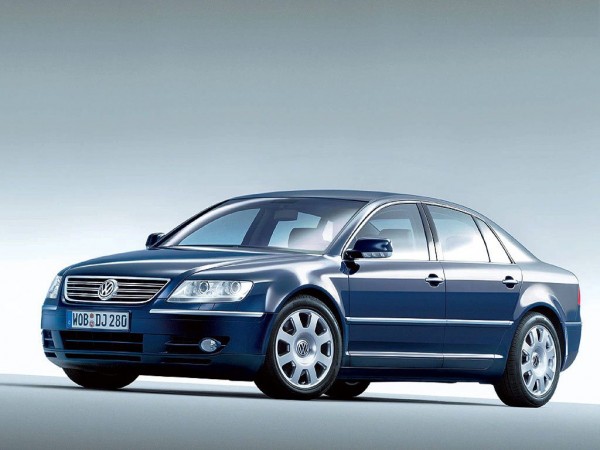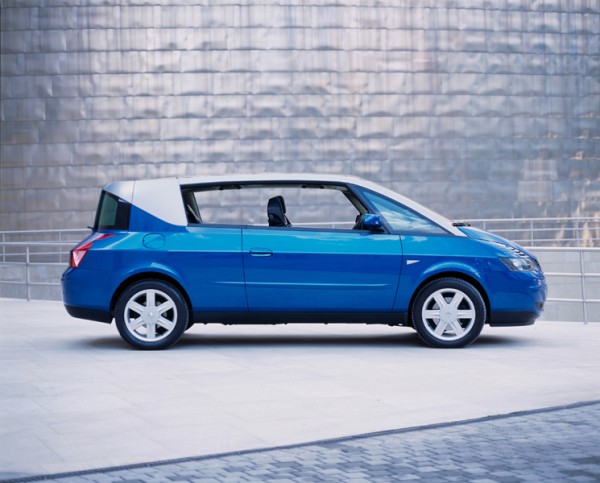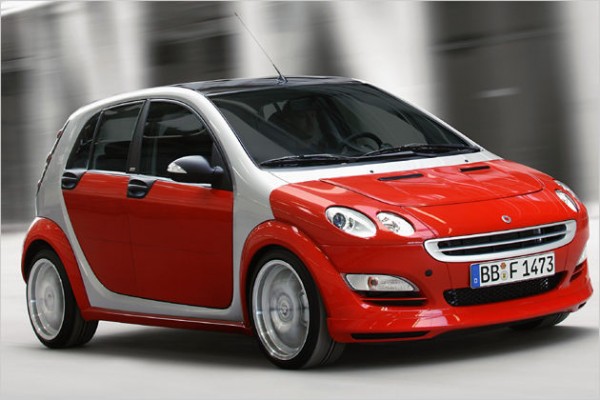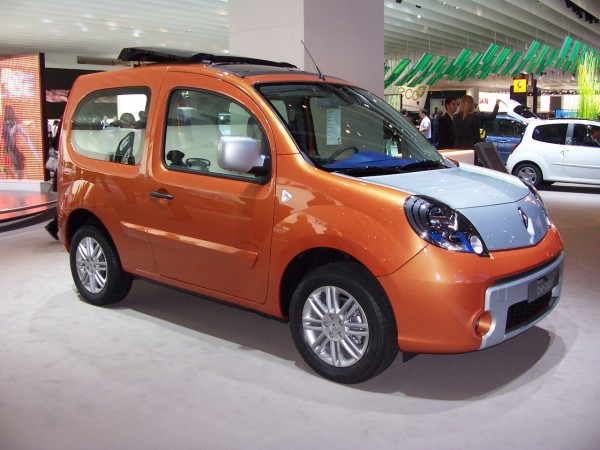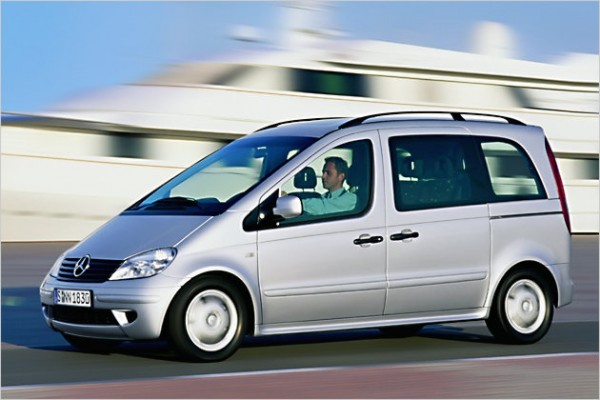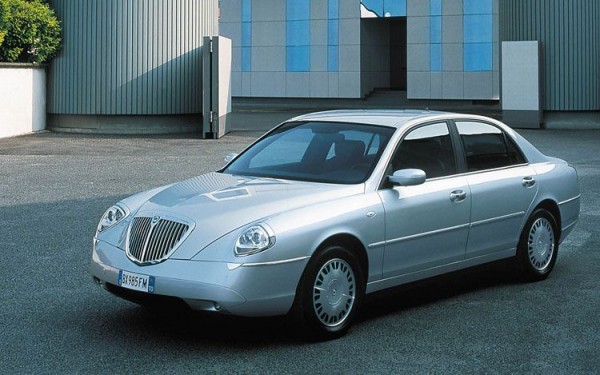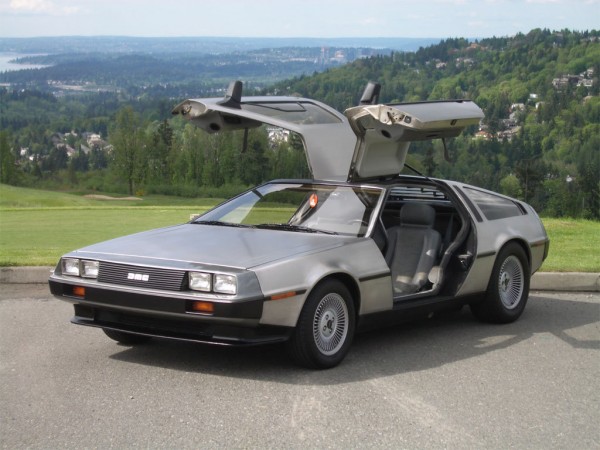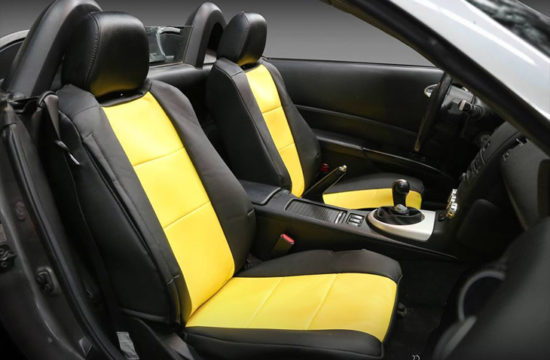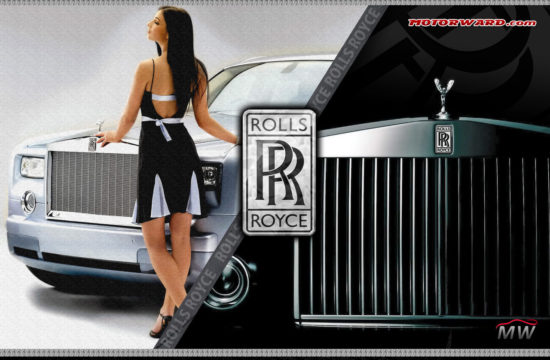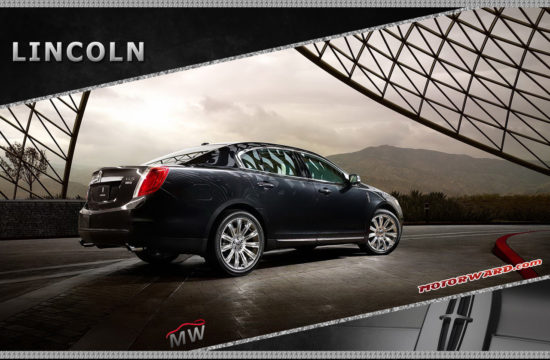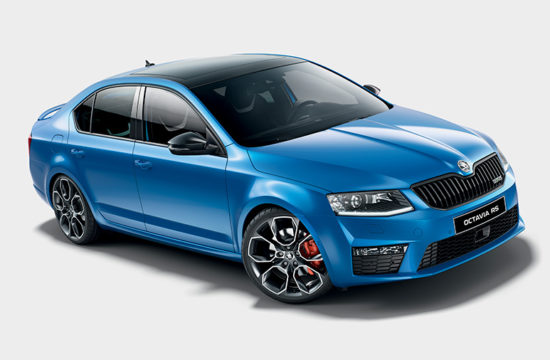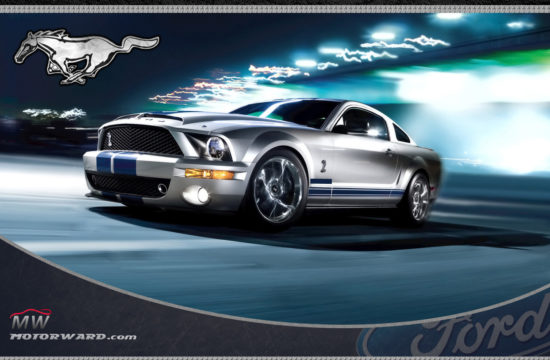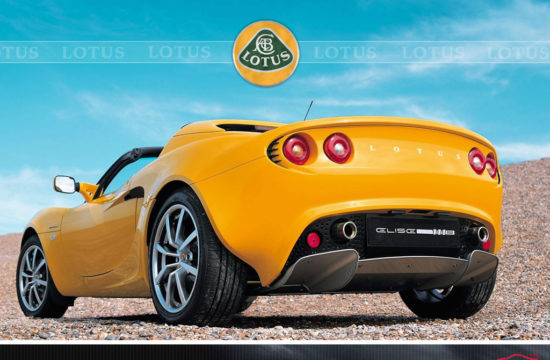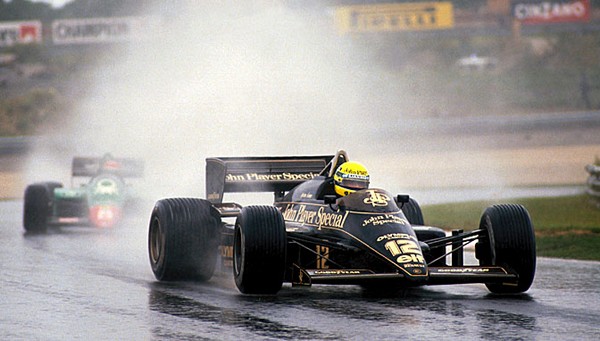While there were probably times when people were building cars just for the pleasure of it or because the challenge to achieve something new was incredible, just like any other modern business, the car industry is looking for profit. And to make profit, you need to sell cars. And to sell cars, you need people to buy them.
And while there are some extremely successful models in car history, that sold millions of units, such as the Ford Model T, the Volkswagen Beetle (best-selling vehicle, with more than 21.5 million units) or the Toyota Corolla (best-selling name tag, sold more than 40 million units since 1997), there are some other cars that were too ugly, too expensive or poorly positioned on the market and became commercial failures. Even though the list could probably be longer, let’s take a look of what we think are the top ten commercial failures of all time.
Fiat Multipla
The weird Italian family car sparked a lot of controversy ever since it was introduced for the first time in 1998, with everyone talking about the car’s looks. It has been called so many names that it would probably take an eternity to name them all; for example, Simon Cowell said about it that it has a disease, others said it’s the results of a dolphin and a shoebox mating, etc. Oh, and it also won the Top Gear’s Ugliest Car of the Year in 1999.
However, what Fiat wanted to do with the Multipla was bring back a concept that had been previously used in their history, the Fiat 600 Multipla from 1956. This was a more practical version of the Fiat 600 that was built between 1956 and 1969 and was quite successful, with almost 250,000 units sold (that’s about 10 percent of all Fiat 600 sold, which is not bad at all). As for the new model, the Italian designers wanted to bring back the name in an unconventional way, with the MPV featuring six seats arranged on two rows (there was an additional seat between the driver’s and the passenger’s seat) and the long beam lights mounted below the windshield.
Everyone agreed that in what concerned the practical aspect, the Multipla was incredible, however, most couldn’t get past its looks, which we have to admit, isn’t the best we’ve seen from Fiat. The only place where the Multipla sold good was Italy, where it was a hit among taxi drivers (one explanation could be that they don’t care that much about their car’s look, but are mainly interested in being practical). The first generation Multipla was built until 2004, when it received a major facelift, the main change being a more conventional look. Even though this version was also acclaimed for being extremely practical, it seems that the “damage” done by the first generation was too high and production was ended in 2010, without the Multipla breaking any sales records, especially outside Italy.
Pontiac Aztek
Perhaps one of the biggest failures in the North American car industry history is the Pontiac Aztek. The concept was unveiled for the first time in 1999 and its purpose was to tell the world GM is going for a design revolution. The production version was quite similar to the concept and was launched in 2001. Even though GM was calling this car extremely futuristic in styling, the public and media didn’t quite appreciate it and it was often called one of the ugliest cars ever made. Besides the 3.4-liter V6 that was powering the car, one of GM’s main selling points was the car’s versatility, but it seems that wasn’t enough.
As an interesting fact, it was designed by Tom Peters, the same man who was in charge with designing the recently launched Chevrolet Corvette C7. At the time, he said they wanted to do a “bold vehicle that wasn’t for everybody”. And it wasn’t, because GM sold less than 30,000 per year until 2004 and just 5,000 units in 2005, when the model was pulled out of production. It was assembled at the General Motors Ramos Arizpe facility in Mexico together with its sibling, the Buick Rendezvous and more than half of all Azteks sold went to rental companies fleets or were used by General Motors employees. Three years after it was discontinued, the car was brought into the audience’s attention by the popular TV show “Breaking Bad”, one of the main characters, Walter White, driving one. But that’s actually not a good thing for the car’s image, because the model was probably chosen to highlight the mediocre lifestyle of the character.
Volkswagen Phaeton
In the early 2000s, Volkswagen thought it was a good idea to enter the luxury market and the model chosen for that was the Phaeton luxury limousine. The man behind this project was no other than Ferdinand Piech (Chairman at the time), considered on the most important people in Volkswagen history, responsible for turning the company from being three months away from bankruptcy into one of the world’s largest carmakers. Come to think about it, the plan wasn’t that bad. Even though Volkswagen was already building a luxury limousine (the Audi A8), Piech’s opinion was that the A8 was actually competing against the BMW 7 Series (both being sport-oriented) and he wanted to create a rival for the Mercedes Benz S-Class, which was more comfort-oriented. Another “task” the Phaeton had was to improve Volkswagen’s brand image, because some models were already starting to cost as much as Audis, BMWs or Mercedes and people were quite reluctant to pay a lot of money for a Volkswagen.
Technically, the Volkswagen Phaeton is an amazing machine. Its platform is shared with the Bentley Continental GT and Flying Spur, while many other features are shared with the Audi A8. Unfortunately, it was exactly Volkswagen’s poor brand image in this segment and the cannibalization with the A8 that made the Phaeton a failure, at least from the financial point of view.
Even though the model is still in production, everyone sees it more as an ambition of Volkswagen, because we don’t know if there’s anyone out there who can say “man, I got sick of seeing so many Phaetons on the street today”. And sales numbers are here to prove that. The model is built at the Volkswagen plant in Dresden and in 2002 the capacity was 20,000 units per year. However, in 2006, Volkswagen announced that 25,000 units were sold in four years. That’s almost four times less than expected and a lot less than competing models (for example, Audi was selling around 21-22,000 A8s per year and Mercedes around 60-70,000 S-Class). Most of these units were sold on the home market, while sales outside Germany were extremely poor. In the United States, for example, only 820 units were sold in 2005 and a year later the model was pulled out of the North American market (recent rumors suggest that Volkswagen might bring it back on the next production cycle).
Renault Avantime
Just like with other models on this list, revolutionary doesn’t always means successful. And the French carmaker learned this the hard way with the Renault Avantime. Just like its name says, the car was Renault’s attempt to revolutionize the car industry in 2001. It was a coupe MPV, something completely new at that time, which was all about the passengers’ comfort. The body had no B-pillars and the large doors had a “double kinematic” system that allowed passenger easy access in tighter spaces. Other highlights included aluminum panels, panoramic roof made of heat-reflecting glass, power-deployable sunshades and “Bridge of Weir” leather upholstery.
The Avantime debuted at the 1999 Geneva Motor Show, where the audience was able to admire what Renault called the new “Coupespace” body. It was launched on the market two years later, in 2001, being co-designed and built by Renault’s subsidiary at that time, Mantra. The car would’ve probably been launched earlier, but its market debut was delayed after some changes had to be made to the pillarless design to meet safety standards. But I think the Avantime is a perfect example of an interesting car launched at the wrong time, because in two years, Renault only sold 8,557 units. A similar but more upscale model was launched in 2002, the Renault Vel Satis, which tried to popularize the new niche, but even though this one was a little more popular, nothing changed for the Avantime. In 2003, Mantra went bankrupt and had to close its production facilities and Renault chose to pull the plug on the Avantime rather than move production somewhere else.
Audi A2
At the time of its launch, the Audi A2 was one of the most technologically advanced models on the market. Some might say a little too advanced for its time. It was entirely made from aluminum and it had several innovative features such as the Service Hatch, a panel that replaced the conventional radiator grille and which allowed owners to fill oil and screen wash fluid without having to raise the hood. There were some people in the industry believing this was the beginning of a new trend in the car industry, that of the sealed hood. But it wasn’t the case, because the A2’s hood could be raised without problems and no future models had this feature.
The lightweight aluminum body and the efficient engine lineup made the small Audi extremely fuel efficient, being the first European car whose fuel economy dropped below 3 liters per 100 km (94.2 mpg imp). It’s true, this was only for the version featuring the 1.2-liter diesel engine, automatic transmission and start/stop system, but still, it was a notable achievement. The car was produced at Audi’s Neckarsulm facility on a dedicated assembly line, which added to the car’s production’s costs.
Unfortunately for the A2, customers didn’t quite appreciate the car’s futuristic design and the increased price, so the car wasn’t as successful as Audi hoped. Production started in 1999 and ended in 2005, with a total number of 176,377 units built, being considered a commercial failure, especially when compared to its main competitor’s sales figures (the Mercedes Benz A-Class sold more than 1 million units in the same time frame).
However, it looks like Audi didn’t give up on the A2, because rumors talk about a new generation being scheduled for 2014. We hope it’s true because we think the model deserves a second chance and we hope it will be more successful than its predecessor and will be able to compete with its German rivals.
Smart ForFour
Smart is best known for creating what many consider the perfect city car. Looking to capitalize on the success recorded by the ForTwo, Daimler launched the four-door version which was called ForFour and which was heavily based on the Mitsubishi Colt (to cut costs as much as possible). The model was launched in 2004 and was built until 2006 at the Dutch factory NedCar, in cooperation with Mitsubishi.
However, sales weren’t as good as Daimler was anticipating, because the Smart ForFour didn’t have the ForTwo’s appeal and was just as large as any other Supermini (or B-segment) model available at that time, without offering anything new. Not to mention that it was considerably more expensive than competition. Another thing Daimler counted on was the existing Smart customer base, but reality showed them that these customers stuck with the ForTwo.
As for the future, Daimler is currently working on a new generation ForTwo, which is built in cooperation with Renault and not Mitsubishi and it seems that once the new model is out, a new ForFour will also be available. The new generation’s debut is expected in 2014 or 2015.
Renault Kangoo Be Bop
The Renault Kangoo is one of the French carmaker’s most popular models, being produced since 1997. In the meantime, there were several different versions of the car, some quite successful, some not. And one of the versions that failed to impress was the Renalt Kangoo Be Bop, which was a sort of utility coupe, because it was shorter than the regular Kangoo and it only had two doors.
According to Renault, the Be Bop was perfect for driving around the city, measuring only 3.87 meters in length and it also had plenty of customization options (including a wide range of color combinations). However, customers didn’t really appreciate its “Kangoo pedigree”, meaning that most saw it as just another utility car and wasn’t considered as an option by many and production was cancelled in 2012, after just three years.
Mercedes-Benz Vaneo
Another example of a “hybrid” car that didn’t make it in the car industry is the Vaneo, which was Mercedes’ attempt to create a mix between a utility car and an MPV. The car was immediately recognizable due to its specific silhouette and it featured five or seven-seat configuration, sliding doors and an impressive cargo space with the seats removed. The Vaneo was built on the A-Class platform and even though its name suggests it, the car wasn’t designed like a van. But, just like the Kangoo Be Bop, that’s what probably drove potential customers away, because sales were extremely poor and after only three years of production (between 2002 and 2005), the model was discontinued, even though it was quite well received in Germany.
And speaking of Renault Kangoo, the French model was the starting point for the Vaneo’s successor, the Mercedes Benz Citan, which was launched in 2012, hopefully with more success than the Vaneo.
Lancia Thesis
In 2001, Lancia introduced the Thesis executive car, the replacement for the not so popular Kappa. The car made its debut at the Geneva Motor Show and it was announced as a competitor for German models like Mercedes Benz E-Class, the Audi A6 or the BMW 5 Series. Even though the design sparked some controversy in the beginning, many agreed it was authentic Italian styling and an interesting alternative to the German sobriety, especially with its price being as much as 15% lower and the technology offered being impressive. Because, unlike its predecessor which shared its platform with the Alfa Romeo 166, the Thesis had a completely new platform, quite advanced, that even shared some components with Maserati.
However, the Lancia Thesis was never a hit and it had poor sales, with just 16,000 units being built between 2002 and 2009. That’s even worse than the Kappa, which was considered an unsuccessful model. Following Fiat and Chrysler alliance, the Thesis got a successor in 2011, the Lancia Thema, which is basically a rebadged Chrysler 300 (a very controversial move), but this one’s not doing any better, with only 2,000 units sold last year.
DeLorean DMC-12
Some of you might argue that this car doesn’t belong on this list, since it sold pretty good during its extremely short production run, but we definitely see it here. The creation of John DeLorean, the DMC-12 was designed by Giorgetto Giugiaro and built in Northern Ireland for the American market. It was built on a chassis very similar to the one on the Lotus Esprit, it was powered by a 2.8-liter Peugeot V6, it had some eccentric features such as the gullwing doors and except for a few gold plated units, all the other left the factory without any paint applied. The car became an icon after the “Back to the Future” movie, and even though in the beginning it seemed to have everything it takes to become an incredible machine, many car enthusiasts consider it an underpowered and overpriced car.
And they aren’t far from the truth. In the beginning, DeLorean saw the car as being powered by a 200-hp engine, but the final result had only 150-hp. That figure was further reduced after United States emissions regulations forced engineers to drop another 20-hp, leaving a final figure of just 130-hp, too little for what the car wanted to be. As for the “12” in the name, it comes from the starting price of $12,000 and even though that wasn’t cheap at all, around 9,000 units were sold between January 1981 and December 1982, when the company went bankrupt following John DeLorean’s legal problems and bad management of the production facility.

